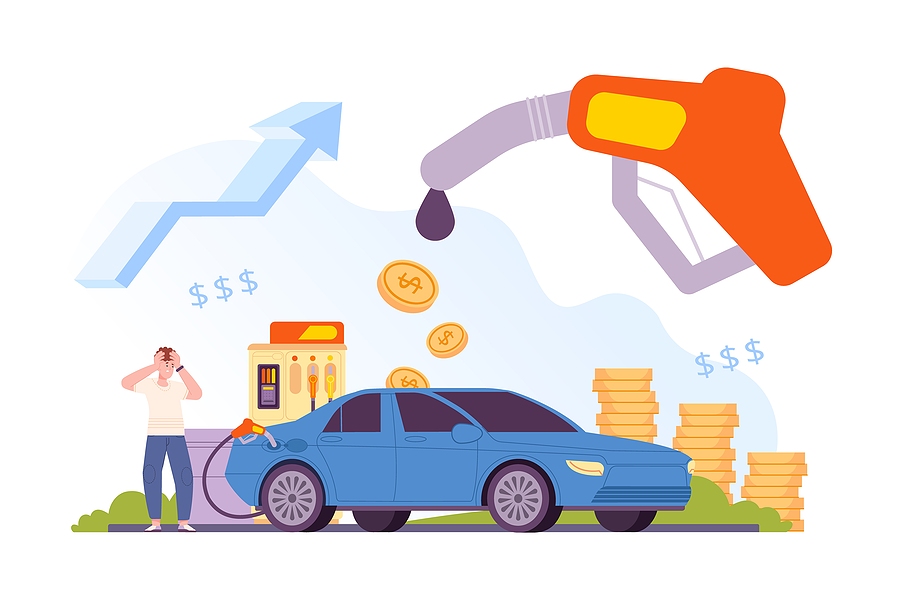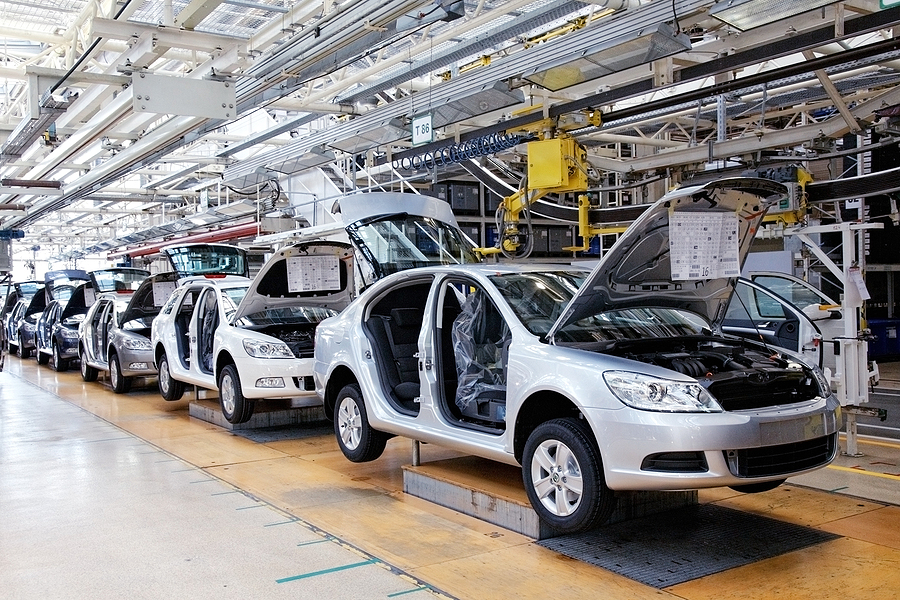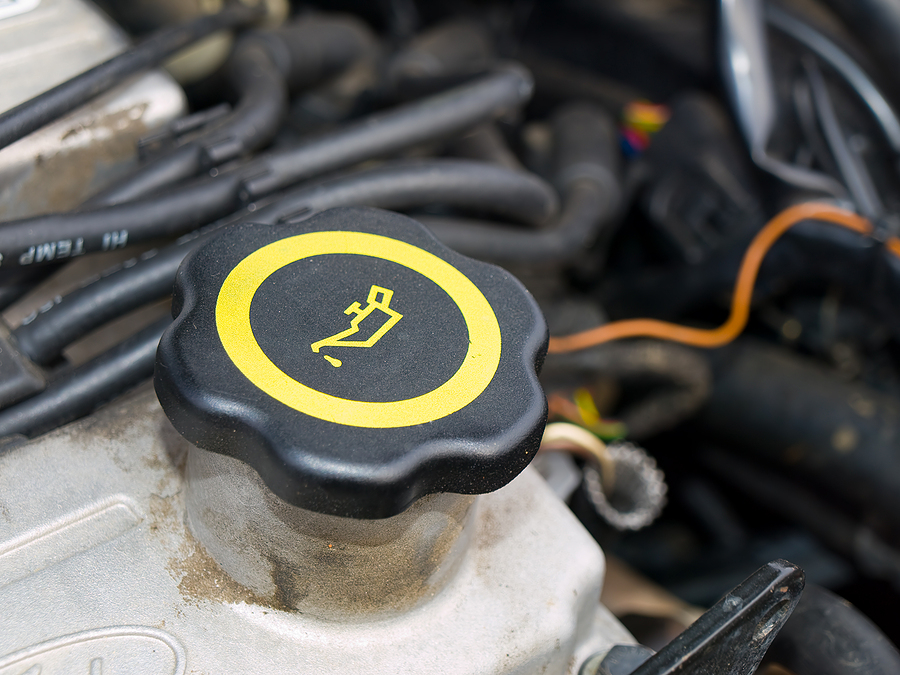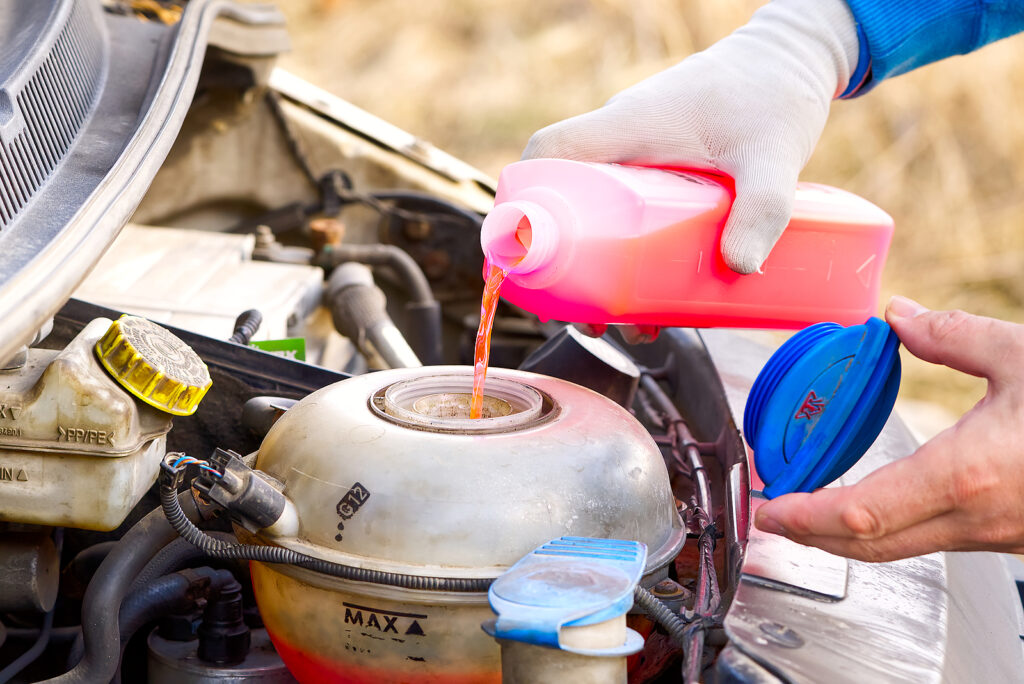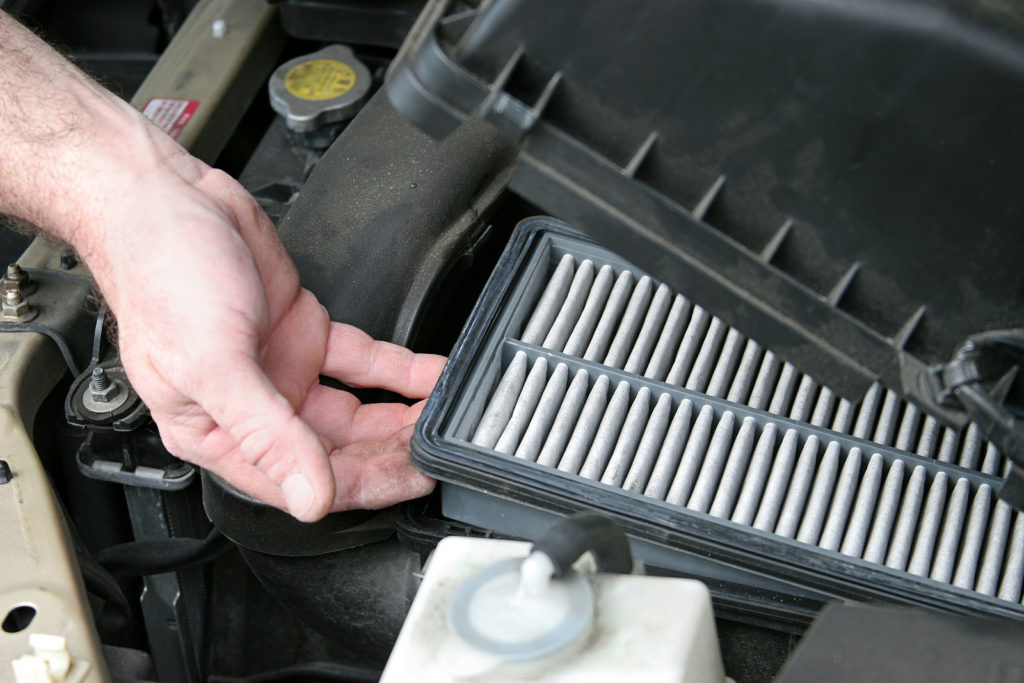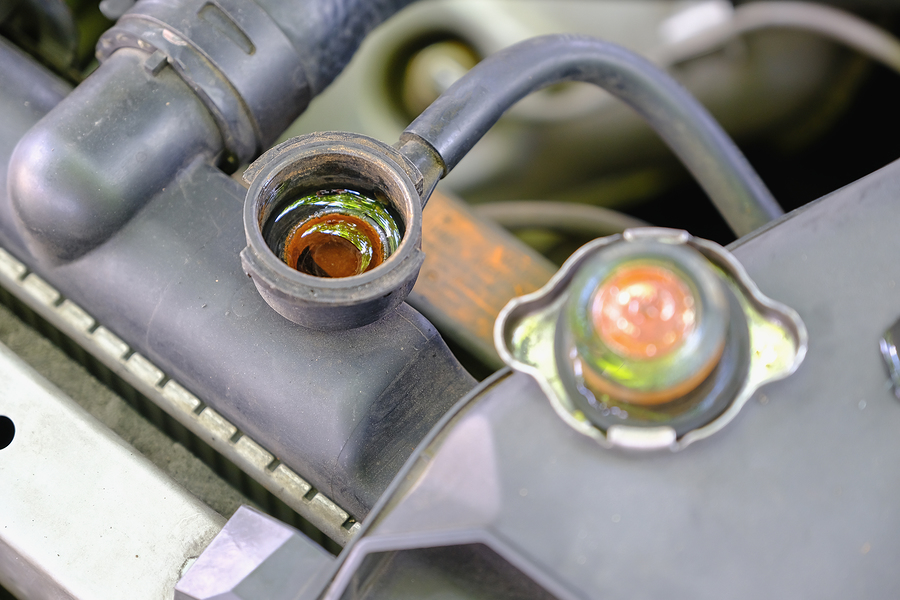If you want to keep your car running safely and efficiently, it’s important to take proper care of its tires. Taking the time to check your tire pressure regularly and have them replaced when necessary can save you from costly repairs down the road. In this blog post, we’ll discuss 10 tips for taking proper care of your car’s tires so you can avoid expensive repairs. We’ll cover topics such as how often to replace tires, what type of tread is best for different driving conditions, and how to properly inflate tires for maximum performance.
Read on for some helpful advice on keeping your vehicle in top condition!

How to Take Good Care of Your Tires and Prevent Costly Breakdowns
1. Check Your Tire Pressure Regularly – Tire pressure is essential for maintaining even tread wear and ensuring optimal performance. Check the manufacturer’s recommended tire pressure and adjust accordingly to keep your tires in top condition.
2. Buy Quality Tires – It pays to invest in good-quality tires that are designed for the type of driving you do most often. Different types of tread offer different benefits, so be sure to research what kind will work best for your vehicle and driving habits.
3. Rotate Your Tires – Regularly rotating your tires helps ensure even wear, which can help prevent costly repairs down the road. Have a professional rotate them at least once every 6 months or 8,000 miles (whichever comes first).
4. Inspect Your Tires – Inspecting your tires regularly for signs of wear and tear is important to avoid ending up with an unexpected flat. Check them often for cracks, bulges, or uneven tread wear, which can indicate a problem.
5. Take Care of the Alignment – Have your vehicle’s alignment checked at least once a year to keep your car driving straight and true. An improperly aligned vehicle can cause accelerated tire wear and lead to costly repairs if not addressed in a timely manner.
6. Don’t Overload – Overloading your car with too much weight will put unnecessary strain on the tires and cause them to wear faster than usual. Follow the manufacturer’s instructions when it comes to how much weight your vehicle can handle.
7. Properly Inflate Tires – Make sure to always keep your tires at the recommended PSI for optimal performance and fuel efficiency. Over-inflating or under-inflating your tires can both cause problems, so use an accurate gauge when checking air pressure levels.
8. Replace Worn Out Tires – Worn out tires can be dangerous, as they will no longer have an adequate grip on the road and may lead to a loss of control in certain situations. Be sure to replace them immediately if you notice any signs of wear or damage.
9. Monitor Tire Depth – Use a depth gauge or penny test (inserting a penny into the tread) to make sure your tires have enough tread depth. The legal minimum is 2/32 of an inch, but having more than that can give you better traction and braking performance.
10. Don’t Forget the Spare Tire – Make sure to check on your spare tire every so often just in case you ever need it! This should be done at least once a year as part of your regular vehicle maintenance routine.
Take Control of Tire Care With These Tips and More
Taking proper care of your car’s tires can save you from costly repairs down the road. Following these 10 tips for taking good care of your tires will help keep your vehicle running safely and efficiently for years to come. When it comes time, replace them with new, quality tires – and sell your old ones to a local auto scrapyard!
Do you have a load of used or broken automotive scrap that you would like to sell for a cash payout? Contact GC’s Junk Cars at 317-608-2188 to sell scrap car parts in Indiana, today! You can be confident that you will receive the best price for your automotive scrap as you will be selling it directly to our scrapyard.
Related Posts:
3 Things You Can Do With Old Car Parts
10 DIY Fixes That Will Save You Money on Car Repairs
The Benefits of Recycling Parts from Your Old Car

